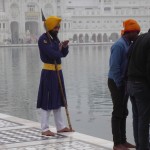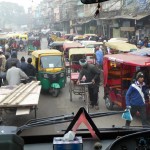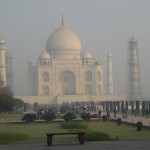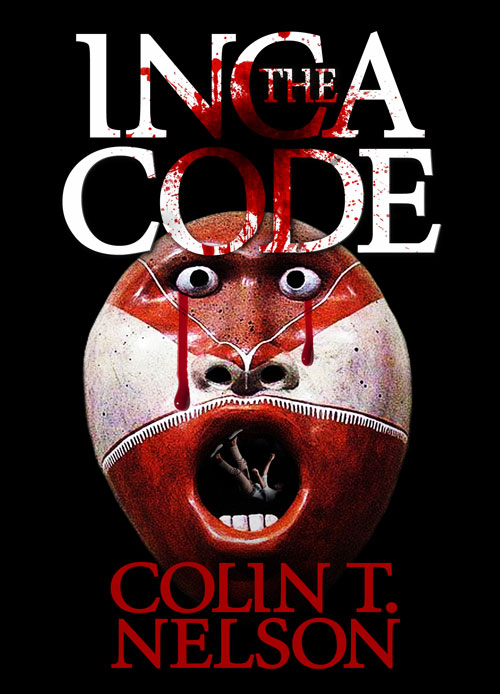 I had to break from the series, Making a Murderer, for a great adventure to India. I was in the northern part for a few weeks. One of my goals was to see the Taj Mahal—like everyone else. Here’s the story of what happened.
I had to break from the series, Making a Murderer, for a great adventure to India. I was in the northern part for a few weeks. One of my goals was to see the Taj Mahal—like everyone else. Here’s the story of what happened.
It’s really a mausoleum, built by an Islamic king from a group of rulers called the Moguls, who ruled India for a few hundred years in the 1500’s. His young wife died and at her deathbed, it’s said, she made him promise to keep her memory alive. He agreed.
Traveling in India is difficult for Americans—we’re not used to the level of noise, dirt, and crowding. I worried the Taj Mahal would disappoint me. We came into the city of Agra at midnight after taking a long train ride. That should have tipped us off that things would be different than in the U.S. The train was late and filthy. Even though we all had assigned seats, the locals pushed their way into the train for some reason. At the station in Agra, we hurried off to reach our bus. Smog covered the ground to the height of the bus. Yellow and stinky with a chemical smell, the pollution lay across all the streets all the way to our hotel.
The next morning on our way out, the smog looked more like fog until we smelled it—-the same chemical stink.
 We drove to the entrance of a large park that’s been built around the Taj Mahal. Low, dirty buildings crowded around us. Our bus battled through the streets, competing with trucks, rickshaws, tuk-tuks, bikes, cows, monkeys, and camels pulling wooden carts. The noise was incessant. Honking horns, people shouting, camels braying, and the squeal of brakes. Dust rose from the traffic and covered everything with a tan coating.
We drove to the entrance of a large park that’s been built around the Taj Mahal. Low, dirty buildings crowded around us. Our bus battled through the streets, competing with trucks, rickshaws, tuk-tuks, bikes, cows, monkeys, and camels pulling wooden carts. The noise was incessant. Honking horns, people shouting, camels braying, and the squeal of brakes. Dust rose from the traffic and covered everything with a tan coating.
At the entrance, we all boarded a cart pulled by a camel. It was dressed in brilliant colors and chewed its morning breakfast before moving. When we finally left, monkeys flanked us and threatened to grab whatever we carried in our hands.
The sun rose over the tree tops and lit up the park around us. Most of the buildings were broken or abandoned to the monkeys. The chemical stink persisted and some people covered their mouths with masks. At a spacious courtyard, we got off the cart and walked into the green, grassy oasis. High stone walls surrounded us and over the top in the fog, we could spot the dome of the Taj Mahal, shrouded in mist.
We walked under an imposing arch, turned, and there, looming out of the morning fog/smog, was the Taj Mahal. Bigger than I imagined. The sun had risen just enough to make the white marble dome glisten while the base still hid in the mist. It looked like the whole thing was floating.
After all the dirt and filth I’d seen/gone through to get there, the sight of the monument was even more beautiful as a result. An ancient poet commented that “the Taj Mahal is the tear on the cheek of eternity.”






